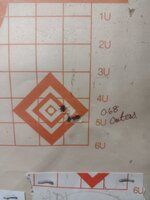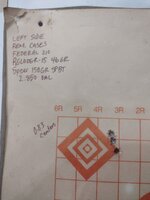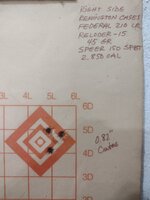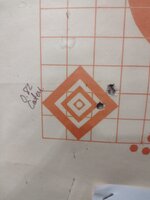Flyjunky
WKR
- Joined
- Jun 22, 2020
- Messages
- 1,779
That’s interesting because Cortina doesn’t mess much with seating depth anymore but relies more on a barrel tuner. According to him a barrel tuner is, in essence, taking the role of seating depth in fine tuning that load according to positive compensation.Interesting. Yes, leade angle, freebore, and clearance in the throat are the factors commonly referenced.
I have, everything I can find with data taken to a significant sample size disproves that theory and further substantiates random distribution. The key there is "2 of each charge". The ballisticians are proving that when you shoot multiple groups of 30+ at each charge, or seating depth, the sinusoidal noise averages out. I've researched Satterlee, OBT, OCW, and listened to the podcasts or watched the videos with each, and they are all based on small sample size. I'm wondering if there is a hobby reloader with a hunting rifle that has proof of at least 10 round groups, where seating depth made a distinguishable difference outside of the statistical variability. I think when Alex Wheeler takes a 300 PRC case and shoots a 20 shot string with 8" of vertical, and then shrinks it to 3" of vertical on the next string by bumping up to .005" neck tension, there might be a case to be made. But there are still environmentals involved in those groups, and I think the average shooter with a hunting rifle probably can't shoot the difference in small changes like that, IF there was even a discernable difference. And 99% don't take it to a significant sample size anyways.
I know a lot on here preach the Hornady guys info but there a quite a few world class shooters who would/do have other things to say with the accolades to back it up. Heck, we have a guy on this forum who posted actual data w/pics who is shooting smaller groups (size wise) with large sample sizes compared to what the Hornady guys were doing with a rail gun. In other words, nothing is strictly black and white in shooting. To say that seating depth doesn’t matter is way too broad of a statement. Some combinations it does and some may not see as much.
I’m getting ready to start load development on a new rifle and I’ll post up my findings with pics.




